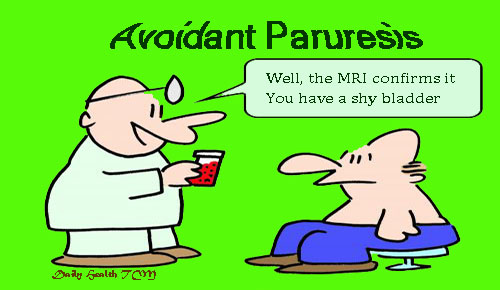Calcaneal Spur
Heel pain is often called the calcaneus spur is the growth of new bone (bone spurs) pointed to the heel bone (bone calcaneus). Heel spurs can be located at the back of the heel or under the heel. Heel spurs at the back of the heel is often associated with inflammation of the Achilles tendon (tendinitis) and causes pain in the back of the heel.
Heel Spur
Often painful heel spur, they are often associated including exercise, orthotics heel-pad, anti-inflammatory of the fibrous tissue (plantar fascia) that runs along the bottom of the foot and connects the heel bone to the ball of the foot.
Treatment for heel spurs and associated calcium deposits at the bottom of the heel bone, it is a process that typically occur for months. Heel spurs often caused by muscle strains and ligament leg, stretching the plantar fascia, and tearing of the membrane that covers the heel bone. Heel spurs are common among athletes whose activities are mostly run and jump.
The risk factor for heel spurs include :
- Abnormalities of gait, which causes excessive stress on the heel bone, ligaments, and nerves near the heel
- Walking or jogging, especially on a hard surface
- Wearing shoes that bad, especially shoes that do not have proper arch of the foot
- Overweight and obesity
- Increasing age, which decrease the flexibility of the plantar fascia and the depletion of the protective fat pad on the heel
- Diabetes
- Spent most of the day to stand
- Having a flat foot
Symptoms of Heel Spurs
Heel spurs often does not cause symptoms. But heel spurs can be associated with intermittent or chronic pain – especially when walking, jogging or running – if inflammation develops at the point spur formation or bone spurs.
Many people describe the pain of heel spurs and plantar fasciitis as a knife or a pain attached to the bottom to their feet when they stand up first in the morning – pain which then turns into pain.
Non-Surgical Treatment for Heel Spurs
Pain in the heel associated with heel spurs and plantar fasciitis may not be much change only with rest. If you are running after a night’s sleep, the pain may feel worse because the plantar fascia suddenly elongated, which stretches and pulls on the heel.
If you have heel pain that lasts for more than a month, consult with a health care provider. He may recommend conservative treatment such as :
- Stretching exercises
- Recommendations shoes
- Shoe inserts or orthotic devices (heel pad)
- Physiotherapy



